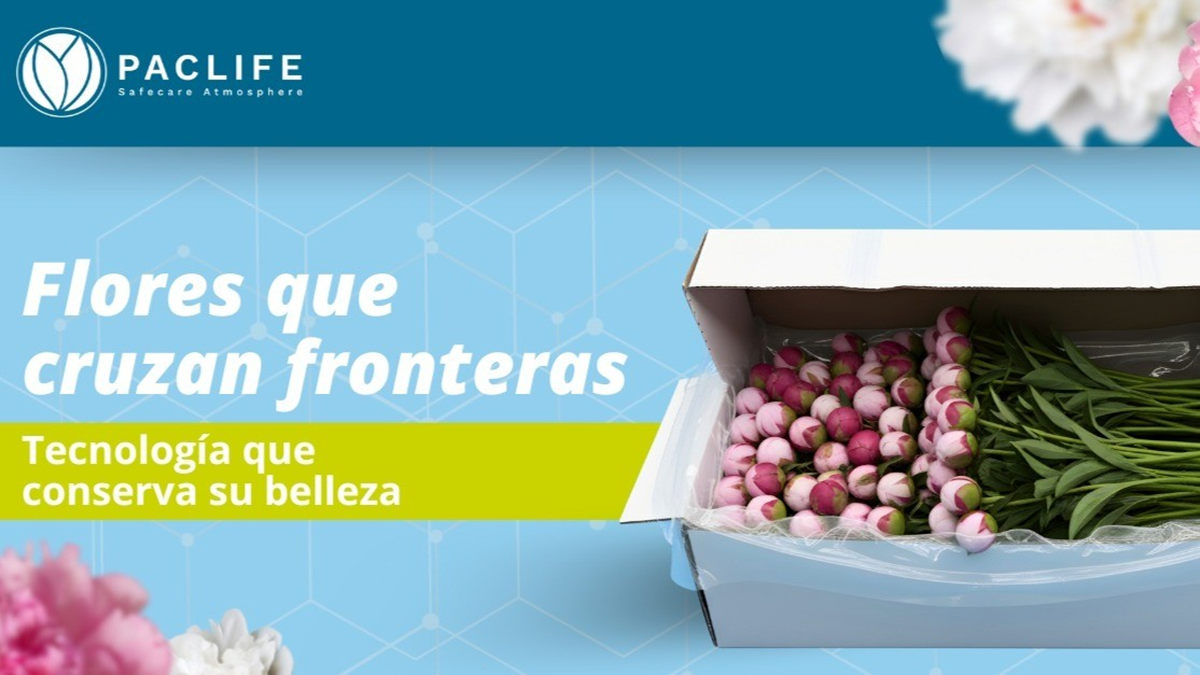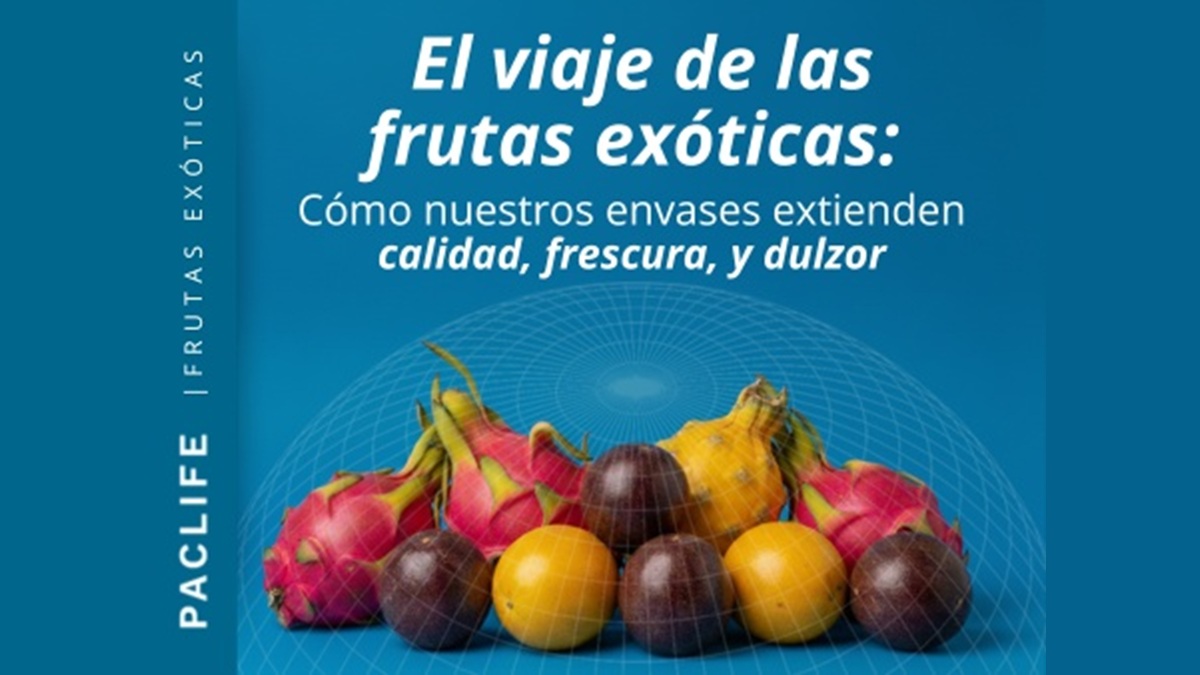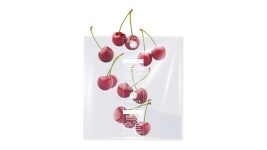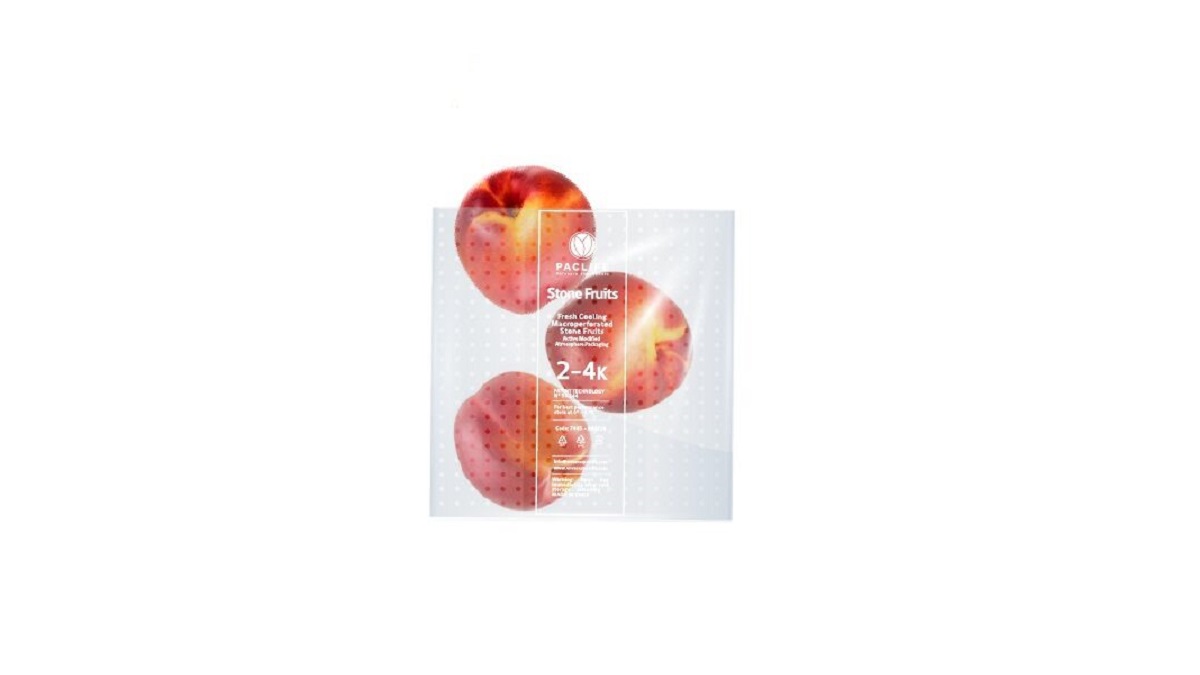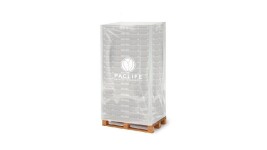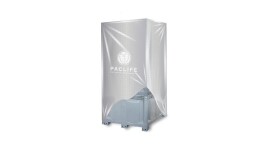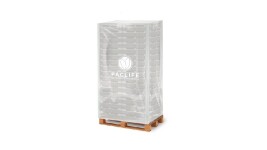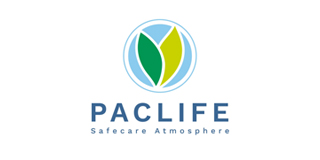

Paclife
Packaging
PacLife Crafts Cutting-Edge Packaging Solutions for Exporting Chilean Grapes
The company's technology plays a crucial role in safeguarding the quality and firmness of table grape shipments, preventing dehydration
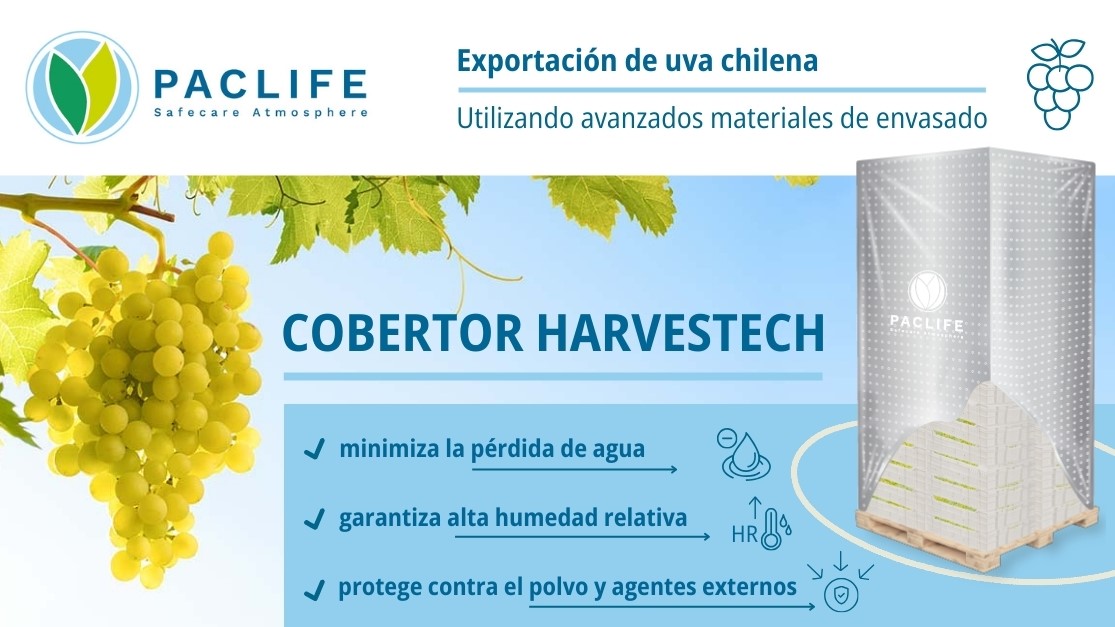
Chile has always managed a significant production of grapes, both for table and wine, delicate fruits requiring careful handling and export considerations, with numerous factors to consider in harvesting and transportation to processing and containers for export, especially during this season.
PacLife has the suitable materials to safeguard their quality and firmness.
Complex Campaigns
Grape production in major exporting countries has been complex in recent years. The decrease in production in California during 2023 created a complex scenario in the USA but was conducive for Chilean and Peruvian export grapes to occupy a prominent place in the US market, anticipating their usual presence. This change directly impacted prices, raising them by $30 to $40 per crate towards the end of last year and the beginning of 2024, staying above average throughout January*.
Meanwhile, in Chile, the Copiapó region, which historically began its exports in November, experienced a volume reduction and varietal change, shifting its export window to December-January.
Additionally, Ovalle, another highly relevant area, has been affected by the complicated water scarcity situation.
We also add the climatic phenomena in the central-southern zone of Chile, which has caused a delay of up to 10 days in harvests, largely explaining the drop in volume recorded to date.
According to Decofrut data, by this date (week 8), around 11 million crates should have been exported, but current figures indicate that only eight million have been exported, representing an 18% decrease compared to the previous season. Therefore, despite the initial projection of 63 million crates for the season provided by Fruit Exporters of Chile, current conditions make it challenging to reach that figure.
Shipments are expected to start increasing soon, anticipating the peak of the Chilean season by mid-March.
Destinations and Varieties
Currently, the main destination for domestic grapes is the United States, a market that absorbs 73% of the total exported to date, followed by China and Japan, each with 4% of the total volume shipped.
Among the most prominent varieties are seedless white grapes, such as Thompson Seedless and Sweet Globe, followed by seedless reds, such as Allison and Sweet Celebration.
Crucial Role of Paclife Packaging Technology
In this challenging context, Paclife emerges as a key player, especially in the technical handling of grapes, recognizing the importance of having material that allows for a moisture chain from harvest to the final consumer. Paclife's technical department highlights the inclusion of complementary technologies in the field to minimize vapor pressure deficit and water loss from the fruit's most sensitive tissues, with the rachis being crucial in this case.
Solutions for Different Stages of the Process
The current conditions of national production make grape handling extremely cautious and delicate, which is why Paclife has a series of solutions that enable good management of the entire process.
Harvestech to Prevent Dehydration
Among them, Harvestech covers are precise in protecting grapes during the critical period of dehydration between harvest and waiting for processing.
These silver reflective covers, with unique additives, UV filters, and differential planimetry, ensure high and homogeneous relative humidity inside the container, minimizing water loss and protecting against dust and external agents. Therefore, they are a strategic ally, ensuring the quality and freshness of Chilean grapes at each stage of the export process.
More Solutions and Ongoing Updates
We add modified atmosphere solutions, especially for prolonged storage, as well as container packaging with zippers and sliders.
Each product in the portfolio may be suitable for the entire process, as they also benefit from the technical department's advice, which is always on the ground and updated on recent technology and applications.
Source
Portalfruticola.com



